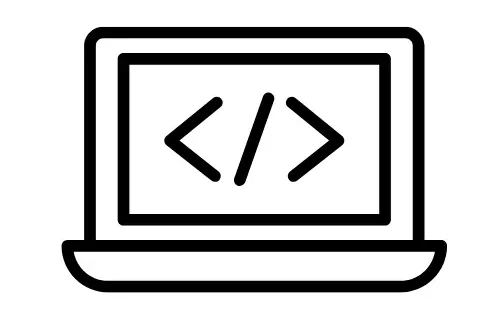Styling Text in CSS: Fonts, Sizes, and Colors
In the vast landscape of web design, the presentation of text holds a paramount role. In the realm of web development, CSS (Cascading Style Sheets) emerges as a powerful tool to manipulate the appearance of text elements, offering a spectrum of possibilities to customize fonts, sizes, and colors. This article endeavors to provide a comprehensive understanding of CSS text styling, exploring the intricacies of font selection, size adjustments, and color manipulation to empower designers with the knowledge to create visually captivating websites.
Introduction
The introduction lays the groundwork for understanding the significance of text styling in web design, emphasizing the pivotal role CSS plays in enhancing the visual appeal of text elements on webpages.
Understanding CSS
This section elucidates the fundamental principles of CSS, elucidating its role in controlling the presentation of text on websites, thereby establishing a foundational understanding for readers unfamiliar with CSS.
Styling Fonts
Delving into the nuances of font styling, this section explores the process of selecting appropriate fonts, configuring font families, and adjusting font sizes to achieve desired aesthetic outcomes.
Choosing Fonts
In this subsection, the focus is on guiding readers through the process of selecting suitable fonts that align with the website’s theme and purpose, highlighting considerations such as readability and compatibility across devices.
Setting Font Families
Expounding upon the concept of font families, this subsection elucidates how CSS enables designers to specify a hierarchy of fonts, ensuring consistent rendering across various platforms and devices.
Adjusting Font Sizes
This subsection explores the significance of font size in text styling, providing insights into techniques for adjusting font sizes to optimize readability and visual hierarchy.
Playing with Colors
Examining the realm of color manipulation, this section elucidates the techniques for incorporating color into text elements, encompassing both basic color properties and advanced color techniques.
Basic Color Properties
Here, readers are introduced to the foundational concepts of color representation in CSS, covering methodologies such as keyword-based colors, hexadecimal codes, and RGB values.
Advanced Color Techniques
This subsection delves into advanced color manipulation techniques, such as gradients and transparency, offering readers insights into leveraging these techniques to create visually dynamic text elements.
Combining Styles
Illustrating the synergy between font styles and color combinations, this section explores how the harmonious integration of different text styling elements can elevate the visual impact of web content.
Font and Color Combinations
By elucidating the principles of font and color coordination, this subsection equips readers with the knowledge to create cohesive and visually appealing text elements through strategic combinations of fonts and colors.
Using CSS Classes
Highlighting the organizational benefits of CSS classes, this subsection showcases how the utilization of classes facilitates the streamlined application of text styles across multiple elements on a webpage.
Conclusion
The conclusion encapsulates the key takeaways from the article, reiterating the significance of CSS text styling in web design and encouraging readers to leverage the insights gained to enhance the visual appeal of their websites.
